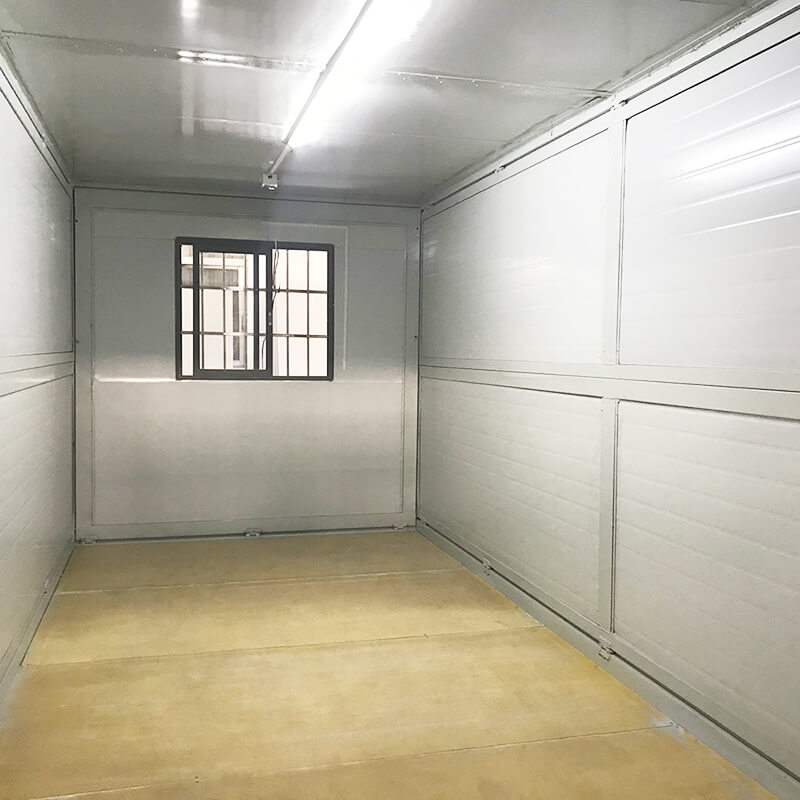When you are looking for extra income, try converting unused space into an income-generating asset. You probably have thought about having a private place for visitors to stay. Building an additional structure into a living space may be ideal.
This term sounds like an institutional name. But, it is just real estate lingo for a secondary housing unit on a single-family residential lot. Here, you can learn about how to make profit from it.
What is an ADU?
It is a smaller, self-contained dwelling built on the same property as your primary residence. It cannot be individually sold but provides value for the property owner.
Government Incentives and Trends
Governments in California have been encouraging ADU construction by removing previous barriers. Homeowners are capitalizing on this trend to address housing cost challenges and generate extra income. With the ease of regulations, we anticipate a surge in ADU construction for rental purposes or as permanent homes for family members.
ADUs facilitate multigenerational living, allowing parents to live close to their children or offer financial support. Additionally, communal living has increased, with ADUs providing comfortable and private living spaces, unlike crowded single-family homes.
What are the Profit Potentials of ADU?
Rental Income
Renting out your ADU will offer you a steady stream of income. It may vary from a few hundred dollars to several thousand per month.
Increased Property Value
Studies suggest ADUs can increase your property value by 5-15%, boosting your equity and potential resale profits.
Accommodate Extended Family
Offer loved ones comfortable, independent living without sacrificing your privacy.
Home Office
Create a dedicated workspace, separating work and personal life for better focus and productivity.
ADU Construction and Design Options
ADUs can be built as standalone structures, extensions to the main house, or atop existing garages. Homeowners can convert garages or pool houses into ADUs, provided they meet certain criteria like having a separate entrance, bathroom, and kitchen. Prefabricated ADUs offer a convenient and cost-effective option for homeowners seeking quick construction.
If the property doesn’t come with a ready-built ADU structure, you can use other options to build one. Regulations can vary extensively based on your property location. Also, you must follow local regulations to get all the necessary permits.
The city will issue a certificate of occupancy once they have inspected your building to ensure it is livable. Taking on a construction project of building a new unit or even ordering a Prefab ADUs in California is a significant cost, so homeowners will want to do their research beforehand.
The journey of adding an ADU to your home is to look up local laws. You can often find it on your city government website for the details. While many local governments are changing laws to make adding an ADU a more accessible option, some are making it more difficult by requiring property to be rezoned. Not all cities will allow the construction of new ADUs, or there could be city requirements around the square footage or parking spaces available for the ADUs.
Does an ADU Add Value to Your Home?
Considering market conditions and demand for housing options like ADUs. Evaluating subjective benefits such as convenience, privacy, and lifestyle enhancement. Assessing potential increase in property value based on local real estate trends.
Facilitating independent living for family members like elderly parents or adult children. Providing financial flexibility by offering affordable housing options on the same property. Enhancing quality of life and familial relationships through proximity and accessibility.
Financial Considerations
The cost of adding a new unit can be upwards of $50,000 depending on the size and factors of your lot. Renting out a unit on a short-term basis may fetch a higher nightly price. However, it would mean the unit has to be fully furnished. It requires cleaning between every guest. Building a structure may be financed via a line of credit or a construction loan secured by your existing home.
Conclusion
Before you build, any interest payments on a loan should be factored in to figure out what profit can be made and how much to charge tenants. In a city like California, it may make sense to spend $250,000 on building an additional space if you can secure short-term vacation tenants.

